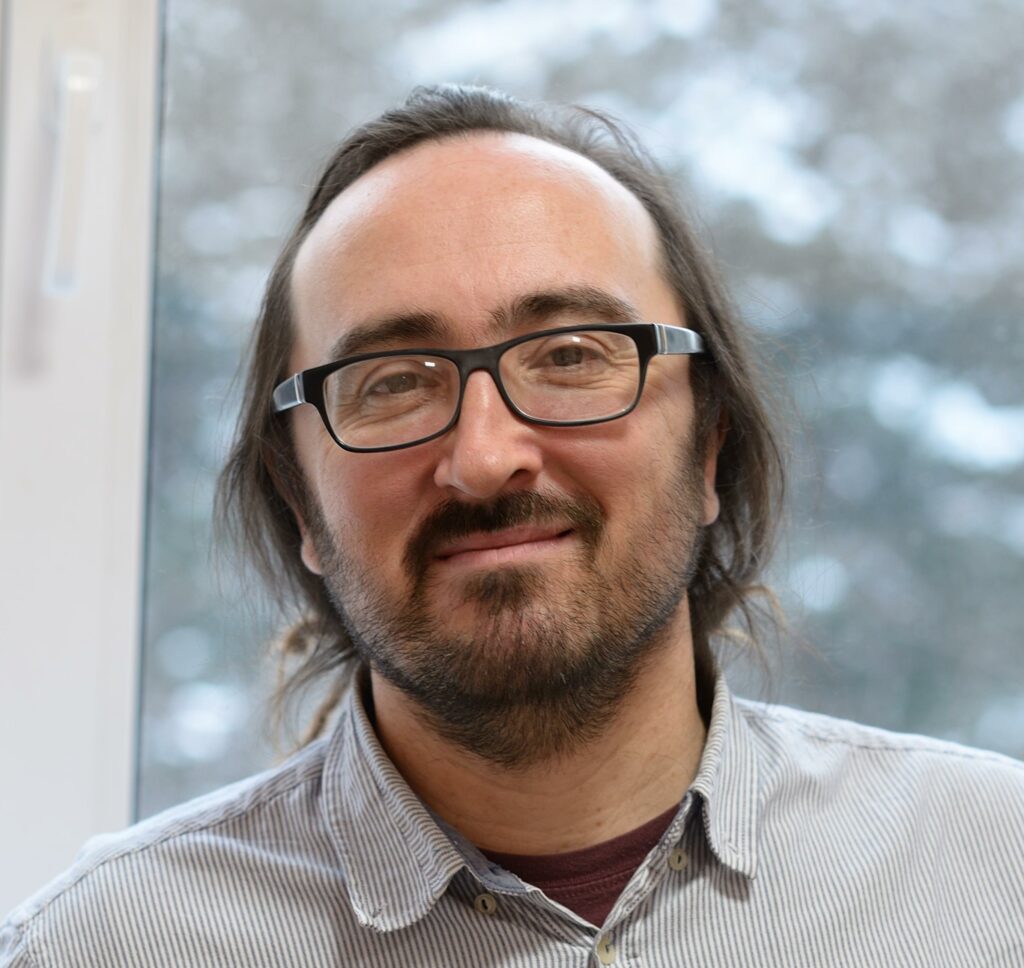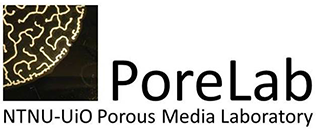
Who: Stéphane Santucci, Chargé de Recherche, CNRS (French National Centre for Scientific Research), Laboratoire de Physique, ENS (Ecole Nationale Supérieure) of Lyon, France
When: Wednesday 29 October, between 13:00 and 14:00 CET (Norway time)
Where: The lecture will be streamed in Kelvin room in Oslo and in the common room in Trondheim. From anywhere else, you will be able to join via the following Zoom link:
https://uio.zoom.us/j/69096081290?pwd=bg1XKTMKjweeHqxM77VmAfbOLPD0o6.1
Title: Tomo-rheoscopy of Liquid Foams – Exploring the Mechanics of Foams, from the Microscopic to the Macroscopic
Summary: Rheology studies how materials respond to mechanical stresses. However, classical techniques only provide global information (such as viscoelastic moduli), without accessing what happens at the microscopic scale. This greatly limits our understanding of the mechanics of soft jammed amorphous materials. These materials — such as gels, pastes, emulsions, foams… — have their elementary constituents (bubbles, droplets, grains…) densely confined by their neighbors. Yet, when subjected to stress, these elements can become unjammed and reorganize, leading to highly heterogeneous deformations and complex structural rearrangements.
To better capture these internal dynamics, we developed a new experimental approach called tomo-rheoscopy, which combines a shear device with time-resolved X-ray micro-tomography and applied it to liquid foams. This method allows, for the first time, the tracking of nearly 100,000 individual moving bubbles, while simultaneously accessing mechanical stresses at all scales — from single bubbles to the entire foam sample. This enabled us to directly link microscopic structural rearrangements with the global rheological response. We notably reveal a universal mechanical signature of the topological rearrangements associated to foam flow. These rearrangements are accompanied by a redistribution of stresses in a quadrupolar pattern — theoretically predicted but experimentally measured here for the first time in a three-dimensional material.
This methodology can be extended to other soft matter systems, opening new perspectives for understanding the mechanical behavior of many complex materials. Tomo-rheoscopy should thus become a reference tool for exploring the mechanics of amorphous materials.
References:
- Schott, et al., Nature Comm. (2025)
- Schott, et al., Soft Matter 19(7) (2023)
- F Schott, et al Synchrotron Radiation 32 (5) (2025) – https://foamquant.readthedocs.io
